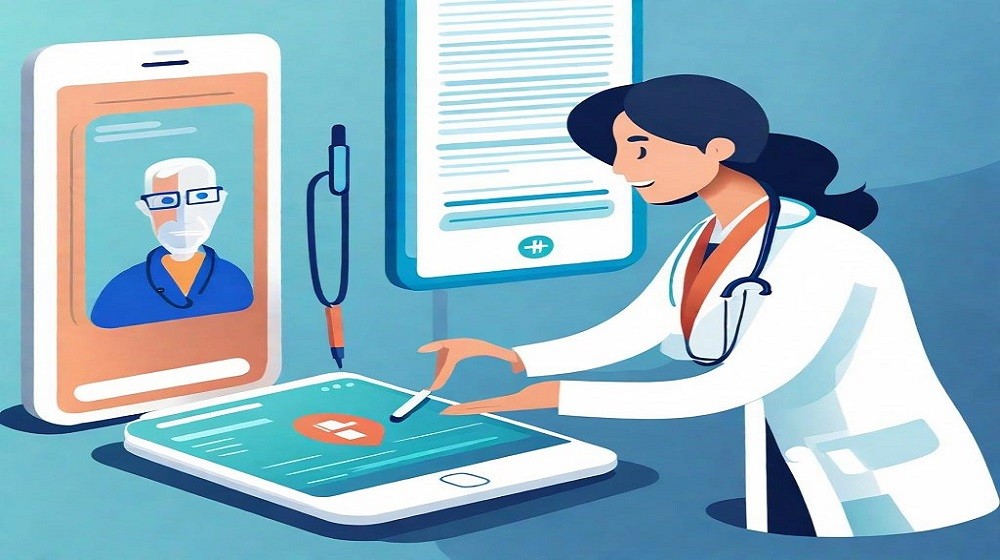How AI Medical Scribe Supports Timely and Accurate Medical Reporting
How AI Medical Scribe Supports Timely and Accurate Medical Reporting
Blog Article
Healthcare is fast-paced and demanding, requesting substantial multitasking and specific record-keeping. Paperwork, in particular, is a important however time-consuming aspect of medical attention that always draws physicians from individual interaction. Enter noki.ai—a game-changing alternative designed to streamline workflows and let healthcare specialists to focus more on their patients.
This article examines how AI-powered medical scribes bring unparalleled effectiveness to healthcare options, explaining their critical benefits and their possible to convert medical practice.

Freeing Up Clinician Time
Among the biggest advantages of AI medical scribes is their capacity to save lots of time for physicians and nurses. On average, clinicians invest 16 minutes taking for each and every patient they see, which adds as much as countless hours per week lost to paperwork. By automating tasks such as planning, summarizing notes, and coordinating patient files, AI scribes significantly lower that burden. This extra time may then be channeled toward strong patient treatment, increasing the quality of consultations and reducing strain for healthcare professionals.
In accordance with a study, medical specialists report an projected 30% escalation in available consultation time following employing AI-driven scribe tools. That is very valuable in high-pressure situations such as for example crisis areas and urgent care centers.
Improving Planning Reliability
Still another crucial gain AI medical scribes carry to healthcare controls is their capacity to create extremely correct and step-by-step clinical notes. Human problems in paperwork may cause misdiagnoses, incorrect coding, as well as appropriate issues. AI-powered systems, nevertheless, are made to process data with accuracy, ensuring that individual records are detailed and error-free.
For example, voice-recognition technology integrated into these systems can capture dictated notes quickly and precisely while reducing transcription errors. Leveraging organized data collection, AI scribes assure standardized forms across individual files, which not only promotes quality but additionally supports greater decision-making.
An increase in documentation precision can also cause fewer rejected insurance claims. Studies have found that error-free medical charts can lead to a two decades improvement in statements running, ensuring simpler revenue rounds for healthcare providers.

Enhancing Workflow Effectiveness
AI medical scribes improve over all workflow performance by seamlessly establishing into existing systems, whether it's digital health records (EHR) or clinic information systems. They could perform multiple functions concurrently, such as for instance transcribing records, code medical procedures, and updating maps in actual time. That decreases bottlenecks in the documentation method and produces a far more structured patient flow.
Also, computerized resources can draw in appropriate medical backgrounds or spotlight potential problems for the physician based on previous records. That eliminates unnecessary information searches and guarantees healthcare suppliers have all crucial data at their fingertips. The end result is not merely faster workflows, but also higher operational performance across departments.
Report this page